As much as I dig the foodie aspect of the Kapiolani Community College Farmers’ Market, I’m also envious over the flowers. Envious because locals come here and walk away with boxes of orchids, like phalaenopsis, for about $8 each when I’m happy to pay $15 or $20 at home.
And if they have half a clue as to what to do with them, these gorgeous butterfly orchids (which are easier to grow than roses, particularly in this climate) will not only bloom for years but, with just the slightest bit of care, can easily flower twice in a season. What a bargain compared to cut flowers which you stick in a vase and you’re lucky if they still look good a week later.
But what really amazes me are the cattleya. Now that’s a temperamental orchid. I’ve got eight or nine in my greenhouse but I don’t think any of them have ever bloomed. Then you come to the farmers’ market here and they’re like $20 for a gallon-sized plant. That would be a good $50 or $60 most places.
While I’m most enamored with the orchids, there are so many other beautiful flowers here, such as the almost-obscene looking anthuriums, known as “the hearts of Hawaii,” which come in every shade of red as well as green, purple, orange, white, and a golden yellow (they say there are over 500 species of this tropical). Or the fragrant gingers which you can crush in your hand and they bounce back unfazed.
People were walking out of here with big bouquets of proteas, which look like colorful artichokes to me, and various heliconia, or lobster-claws, whose waxy bracts look resembles the plumage of tropical parrots.
And it was almost impossible to find a bouquet costing more than $5 or $6—what a steal!

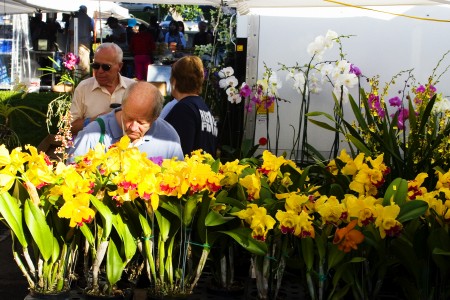
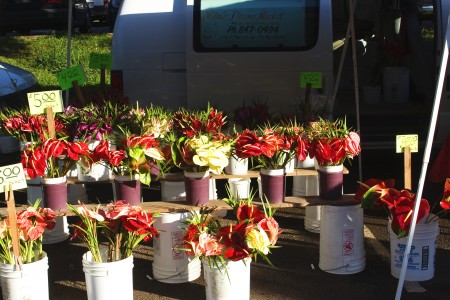

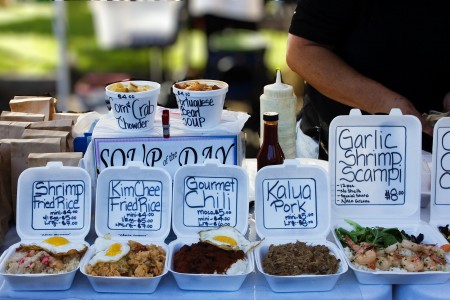
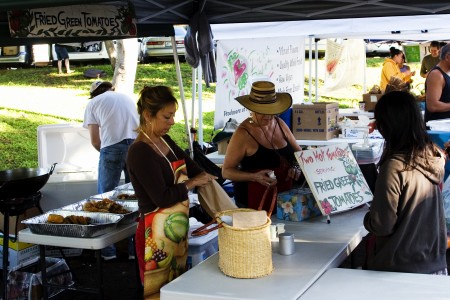

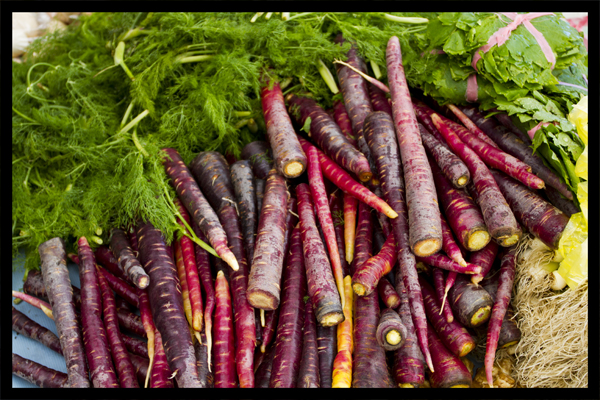
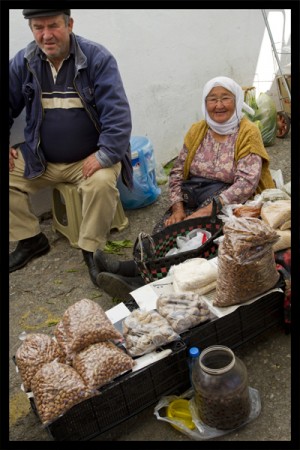


Recent Comments